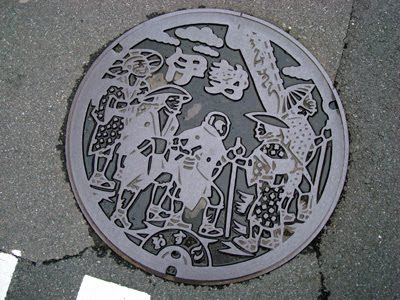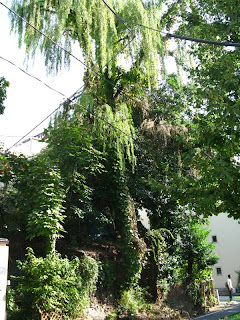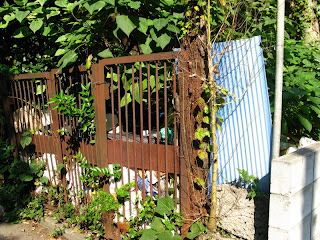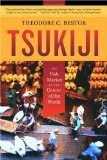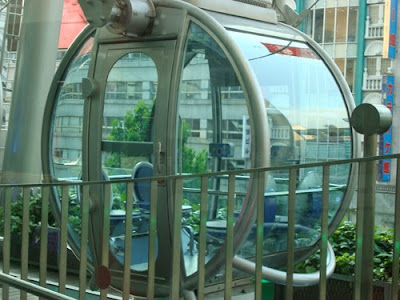AWARD-WINNING, INTERNATIONAL LITERARY SERIES RETURNS TO OSAKA ON November 8, 2009Featuring four distinguished authors reading in English under the theme “As the World Turns: Tales of Changes and Transformations"OSAKA, JAPAN, October 7, 2009—The internationally acclaimed and award-winning literary series Four Stories, which runs free events in Boston (USA), Osaka, and
Tokyo, kicks off its next event in
Umeda,
Osaka, on November 8, 2009, with readings in English from the following distinguished authors:
•
Theresa Matsuura, author of the short story collection
A Robe of Feathers and Other Stories•
Rebecca Otawa, contributor to
Kansai Time Out magazine and
Kyoto Journal, and author of
At Home in Japan: A Foreign Woman's Journey of Discovery•
Ian Richards, associate professor at Osaka City University; reviewer of fiction in his own country, New Zealand; and author of the collection of short stories
Everyday Life in Paradise and the biography
To Bed at Noon: The Life and Art of Maurice Duggan, which was nominated for the NZ book of the year
•
Tracy Slater, author of essays from
Best Women's Travel Writing, 2008, Boston Globe, Boston Magazine, Kansai Time Out, and the
Gourmet Girl column in Kansai Scene
Plus the Four Stories style of literary investigation:
ask the best question; win a free drink!The Four Stories experience: like a 19th-Century salon, only 150 years later - same socializing, same witty banter, corsets optional.
Venue:
6-8pm (venue opens @ 5)
Portugalia Bar & Grill
Nishi-Tenma 4-12-11, Umeda, Osaka
(Just north of the American Consulate)
06-6362-6668
Admittance free and open to the public.More information, plus free MP3s and pictures from past events, @
fourstories.orgFour Stories in the Japanese Press: The International Herald Tribune/Asahi Shimbun (1/23/09): Four Stories is spotlighted in the article “Writing about Japan: Join the Crowd (and have fun)” as an integral part of Japan’s English-language literary scene; The Japan Times (6/22/07): Four Stories is headlined on the front page of the Japan Times' national section, which reports, "'Four Stories has helped make Osaka the new Kyoto'....Slater and Four Stories have shown that Osaka's image among some foreign literary critics as a cultural desert is no longer entirely accurate”; Kansai Scene (6/1/07): Four Stories Japan is "re-energizing the reading movement " in Osaka, Kyoto, and Kobe: Being a Broad magazine (1/1/08) : spotlights Four Stories founder Tracy Slater and the literary series, writing, "The expat community is grateful" for Four Stories.
Four Stories in the US Press: Improper Bostonian’s Best of Boston (8/1/08): “Best Literary Series”; Boston Globe (10/1/06) :"Four Stories is the city's hippest reading series" (3/19/06) "Everybody knows about Four Stories, everybody raves about Four Stories, and Four Stories is…the place to be”
CONTACT INFORMATIONTracy Slater, Founder, Four Stories
fourstories.orgJapan: 080-5302-3907; Boston: 617-544-3907
Download MP3s of past Four Stories readingsSignup for Four Stories mailing listTravel Guide To IranTagspoetry Osaka Tokyo fiction verse poetry reading Four StoriesSightseeing in KyotoBook a hotel in Japan with BookingsJapanese FictionHappi Coats
 Japan Says JAL Can Be Saved, With State Bailout
Japan Says JAL Can Be Saved, With State Bailout









